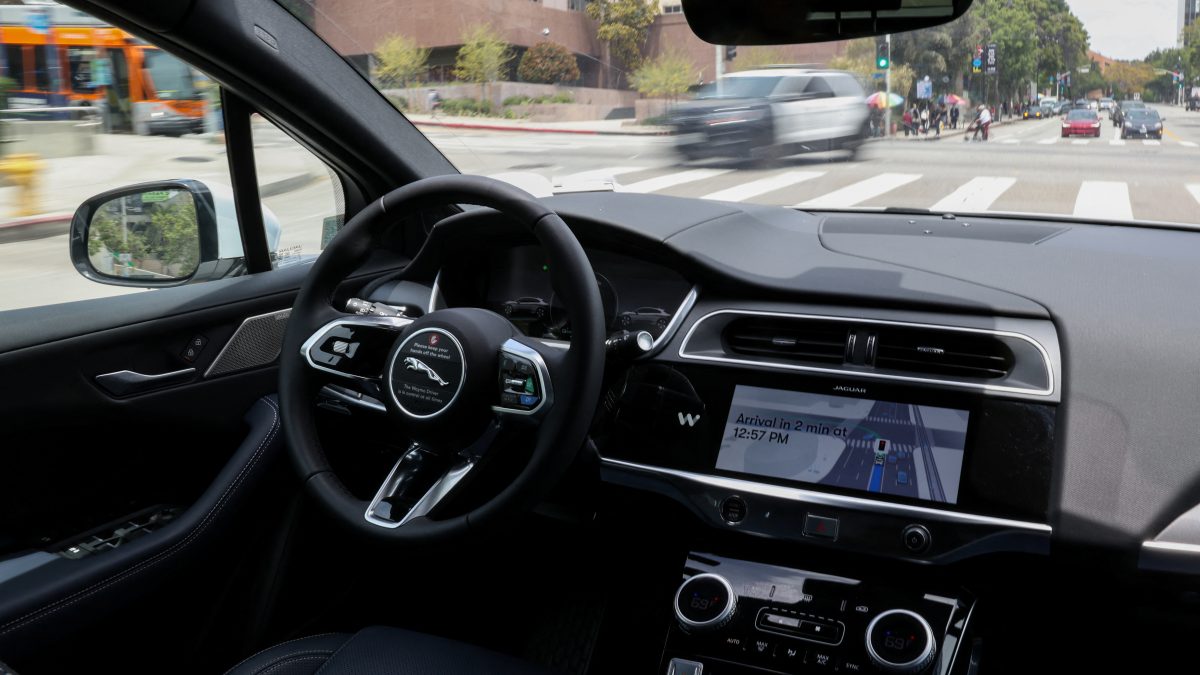Nvidia will roll out a new artificial intelligence chipset for China at a substantially cheaper price than its recently limited H20 model, with mass production slated to begin as early as June, according to individuals familiar with the situation.
According to two sources, the GPU, or graphics processing unit, will be included in Nvidia’s current generation Blackwell-architecture AI processors and is estimated to cost between $6,500 and $8,000, which is far less than the $10,000-$12,000 the H20 sold for.
The reduced price reflects the weaker specs and easier production needs.
It will be built on Nvidia’s RTX Pro 6000D, a server-class graphics processor, and will use standard GDDR7 memory rather than more sophisticated high bandwidth memory, according to the two sources.
They added it would not use Taiwan Semiconductor Manufacturing Co’s advanced Chip-on-Wafer-on-Substrate (CoWoS) packaging technology.
The new chip’s price, specifications and production timing have not previously been reported.
The three sources Reuters spoke to for this article declined to be identified as they were not authorised to speak to media.
An Nvidia spokesperson said the company was still evaluating its “limited” options. “Until we settle on a new product design and receive approval from the US government, we are effectively foreclosed from China’s $50 billion data center market.”
TSMC declined to comment.
Market share plunge
China remains a huge market for Nvidia, accounting for 13% of its sales in the past financial year. It’s the third time that Nvidia has had to tailor a GPU for the world’s second-largest economy after restrictions from US authorities who are keen to stymie Chinese technological development.
Impact Shorts
More ShortsAfter the US effectively banned the H20 in April, Nvidia initially considered developing a downgraded version of the H20 for China, sources have said, but that plan didn’t work out.
Nvidia CEO Jensen Huang said last week the company’s older Hopper architecture - which the H20 uses - can no longer accommodate further modifications under current US export restrictions.
Reuters was unable to determine the product’s final name.
Chinese brokerage GF Securities said in a note published on Tuesday that the new GPU would likely be called the 6000D or the B40, though it did not disclose pricing or cite sources for the information.
According to two of the sources, Nvidia is also developing another Blackwell-architecture chip for China that is set to begin production as early as September. Reuters was not immediately able to confirm specifications of that variant.
Nvidia’s market share in China has plummeted from 95% before 2022, when US export curbs that impacted its products began, to 50% currently, Huang told reporters in Taipei this week. Its main competitor is Huawei which produces the Ascend 910B chip.
Huang also warned that if US export curbs continue, more Chinese customers will buy Huawei’s chips.
The H20 ban forced Nvidia to write off $5.5 billion in inventory and Huang told the Stratechery podcast on Monday that the company also had to walk away from $15 billion in sales.
The latest export restrictions introduced new limits on GPU memory bandwidth - a crucial metric measuring data transmission speeds between the main processor and memory chips. This capability is particularly important for AI workloads that require extensive data processing.
Investment bank Jefferies estimates that the new regulations cap memory bandwidth at 1.7-1.8 terabytes per second. That compares with the 4 terabytes per second that the H20 is capable of.
GF Securities forecast the new GPU will achieve approximately 1.7 terabytes per second using GDDR7 memory technology, just within the export control limits.


)

)
)
)
)
)
)
)
)



